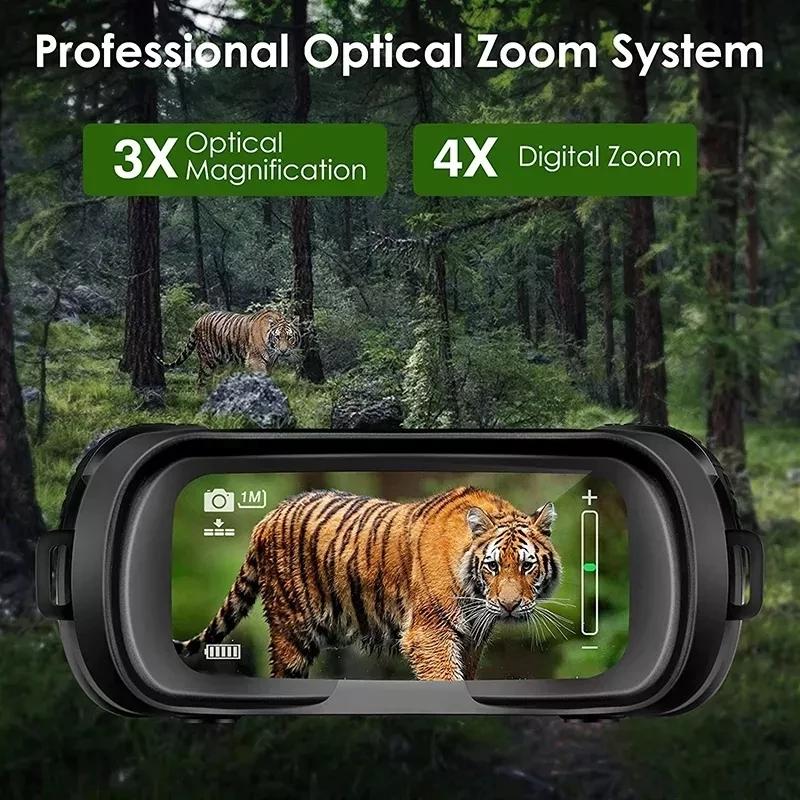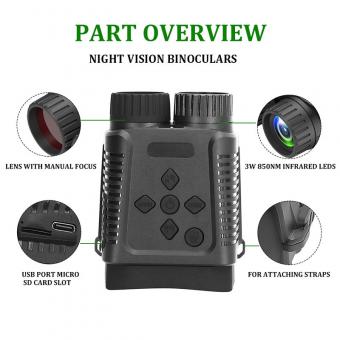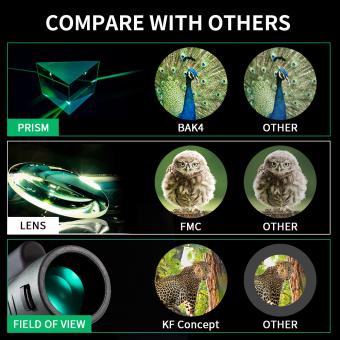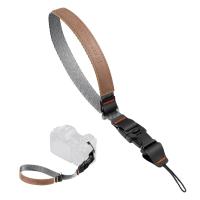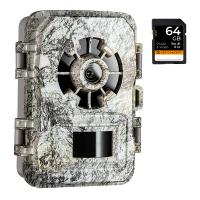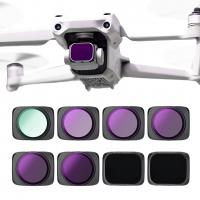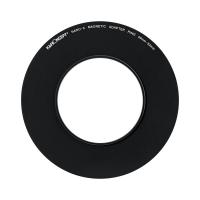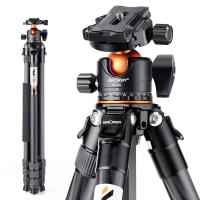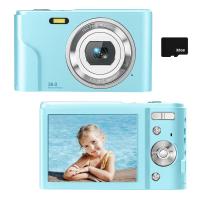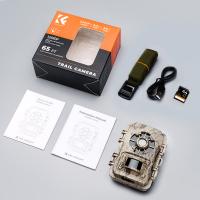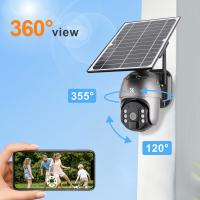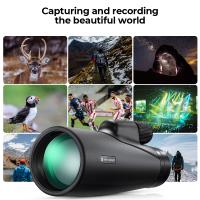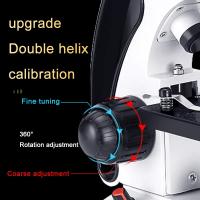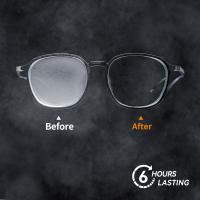Which Binocular Is Best For Long Distance Viewing ?
Binoculars with high magnification and large objective lenses are best for long distance viewing. Magnification of 10x or higher is recommended for long distance viewing, while objective lenses of 50mm or larger are ideal for gathering more light and providing a brighter image.
Some popular binoculars for long distance viewing include the Vortex Optics Viper HD 10x50, the Nikon Monarch 5 12x42, and the Celestron SkyMaster Giant 15x70. These binoculars offer high magnification and large objective lenses, as well as high-quality optics and durable construction.
It's important to consider factors such as weight, size, and price when choosing a binocular for long distance viewing. It's also recommended to try out different models and brands before making a purchase to ensure the best fit for your needs.
1、 Magnification power
When it comes to long distance viewing, the magnification power of binoculars is a crucial factor to consider. Generally, binoculars with higher magnification power are better suited for long distance viewing. However, it's important to note that higher magnification power also means a narrower field of view and a shakier image due to hand movements.
For long distance viewing, binoculars with a magnification power of 10x or higher are recommended. These binoculars provide a clear and detailed image of distant objects, making them ideal for bird watching, hunting, and other outdoor activities.
However, it's important to consider the latest point of view when choosing binoculars for long distance viewing. With advancements in technology, some binoculars now come with image stabilization features that reduce hand movements and provide a steadier image. This can be particularly useful for long distance viewing, as it allows for a clearer and more stable image even at higher magnification powers.
In addition to magnification power and image stabilization, other factors to consider when choosing binoculars for long distance viewing include the size and weight of the binoculars, the quality of the lenses, and the durability of the construction.
Overall, when it comes to long distance viewing, a binocular with a magnification power of 10x or higher is recommended, and the latest point of view suggests considering binoculars with image stabilization features for a steadier image.
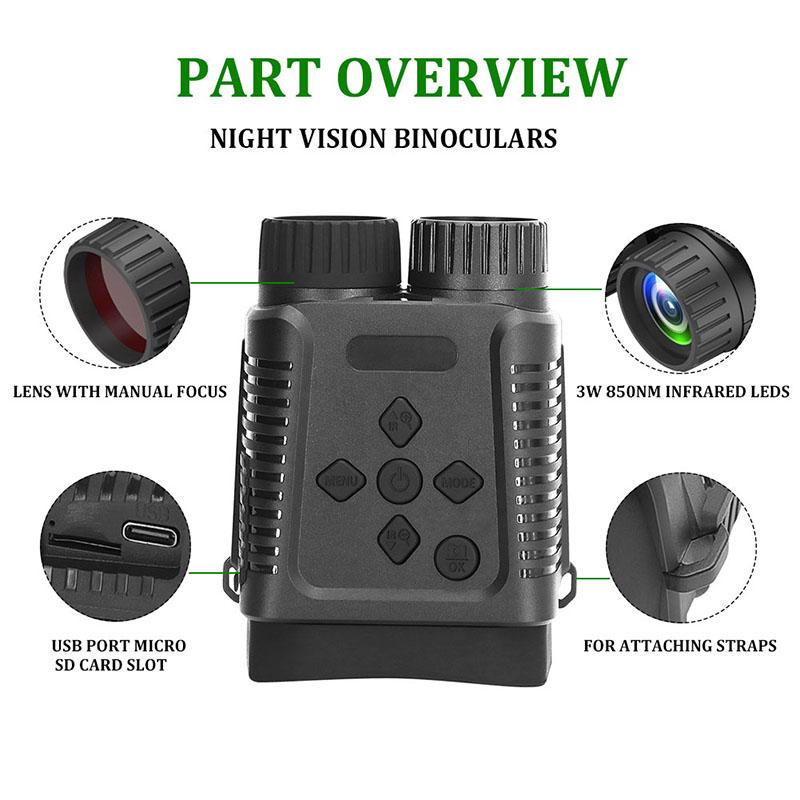
2、 Objective lens diameter
When it comes to long distance viewing, the objective lens diameter is one of the most important factors to consider when choosing a binocular. The larger the objective lens diameter, the more light the binocular can gather, resulting in brighter and clearer images, especially in low light conditions.
For long distance viewing, binoculars with an objective lens diameter of at least 50mm are recommended. This size provides a good balance between image brightness and portability. However, if you are looking for the best possible image quality, you may want to consider binoculars with an even larger objective lens diameter, such as 56mm or 65mm.
In recent years, there has been a trend towards using high-quality coatings on the lenses and prisms of binoculars to improve image quality. These coatings can reduce glare and improve contrast, resulting in sharper and more vibrant images. Some of the latest binoculars also feature advanced image stabilization technology, which can help to reduce image shake and make it easier to view distant objects for extended periods of time.
Ultimately, the best binocular for long distance viewing will depend on your specific needs and preferences. Consider factors such as magnification, field of view, and durability, in addition to objective lens diameter, when making your decision.
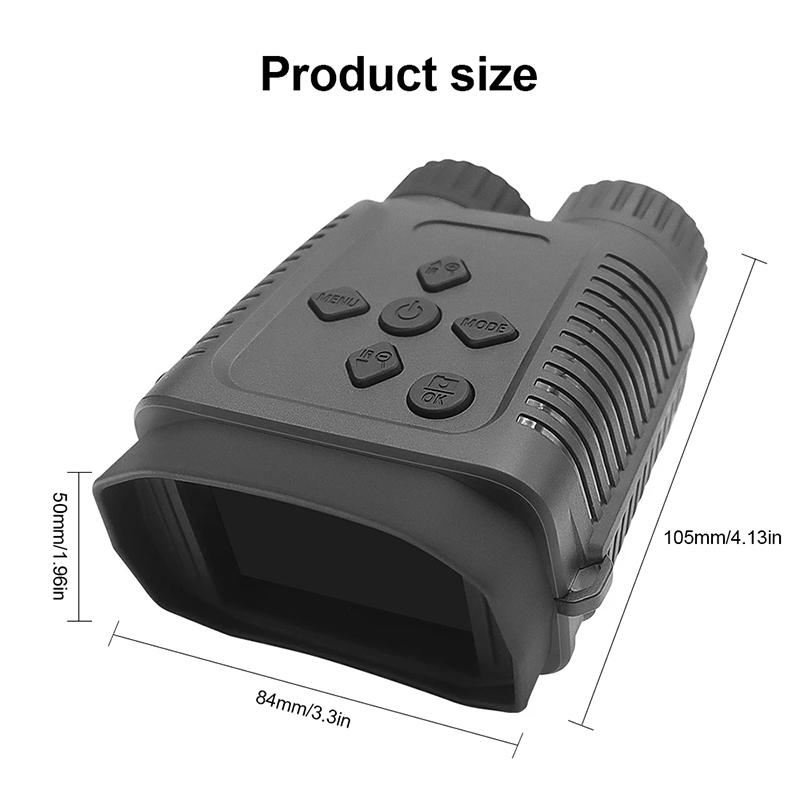
3、 Prism type
When it comes to long distance viewing, the best type of binoculars to use are those with a prism type design. This is because prism binoculars offer a more compact and lightweight design, making them easier to carry around for extended periods of time. Additionally, they provide a clearer and brighter image, which is essential for long distance viewing.
One of the most popular types of prism binoculars for long distance viewing is the roof prism design. These binoculars are known for their durability and high-quality optics, making them ideal for outdoor activities such as bird watching, hunting, and hiking. They also offer a wider field of view, which is important when trying to spot distant objects.
Another popular type of prism binoculars for long distance viewing is the Porro prism design. These binoculars are known for their excellent depth perception and image quality, making them ideal for activities such as stargazing and wildlife observation. They also tend to be more affordable than roof prism binoculars, making them a great option for those on a budget.
In terms of the latest point of view, many manufacturers are now incorporating advanced technologies into their prism binoculars to enhance their performance. For example, some binoculars now feature image stabilization technology, which helps to reduce image shake and improve image clarity. Others feature advanced coatings on their lenses, which help to reduce glare and improve image contrast.
Overall, when it comes to long distance viewing, prism binoculars are the best option. Whether you choose a roof prism or Porro prism design, you can be sure that you'll get a clear and bright image that will help you spot distant objects with ease.
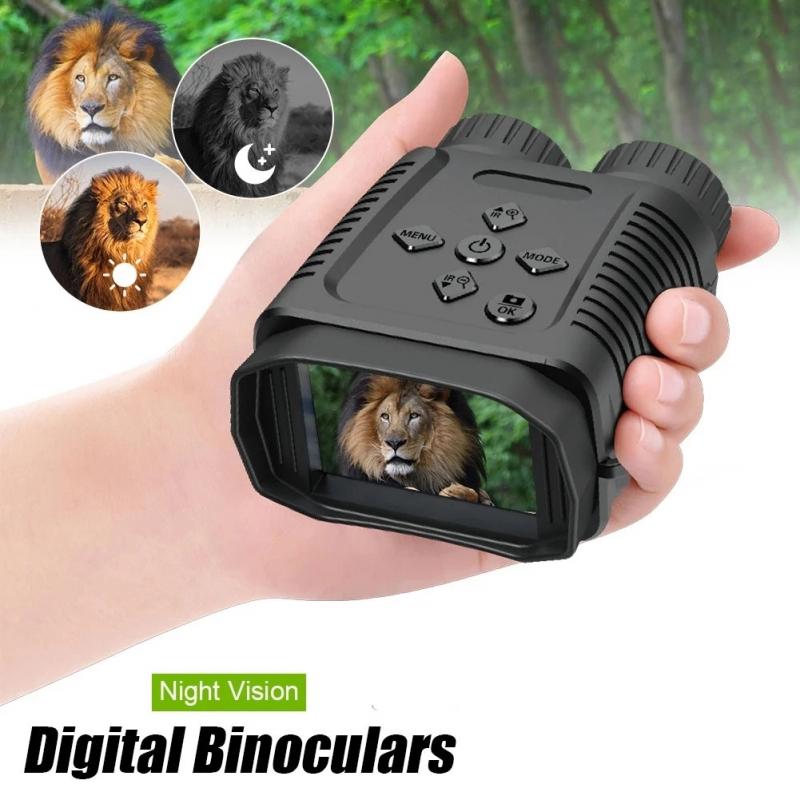
4、 Lens coating
Which binocular is best for long distance viewing? The answer to this question largely depends on the specific needs and preferences of the user. However, one important factor to consider is the lens coating of the binoculars.
Lens coating refers to the thin layer of material applied to the surface of the lenses to improve their performance. There are several types of lens coatings available, including fully coated, multi-coated, and fully multi-coated.
Fully coated lenses have a single layer of coating on the outer surface of the objective lens and the eyepiece. This type of coating is the most basic and provides minimal protection against glare and reflection.
Multi-coated lenses have multiple layers of coating on the outer surface of the objective lens and the eyepiece. This type of coating provides better protection against glare and reflection, resulting in brighter and clearer images.
Fully multi-coated lenses have multiple layers of coating on all air-to-glass surfaces of the binoculars. This type of coating provides the best protection against glare and reflection, resulting in the brightest and clearest images.
In recent years, there has been a trend towards using advanced lens coatings, such as dielectric and phase-corrected coatings, which further improve image quality and color accuracy.
Overall, when choosing binoculars for long distance viewing, it is important to consider the lens coating and opt for fully multi-coated lenses or advanced coatings for the best performance.
